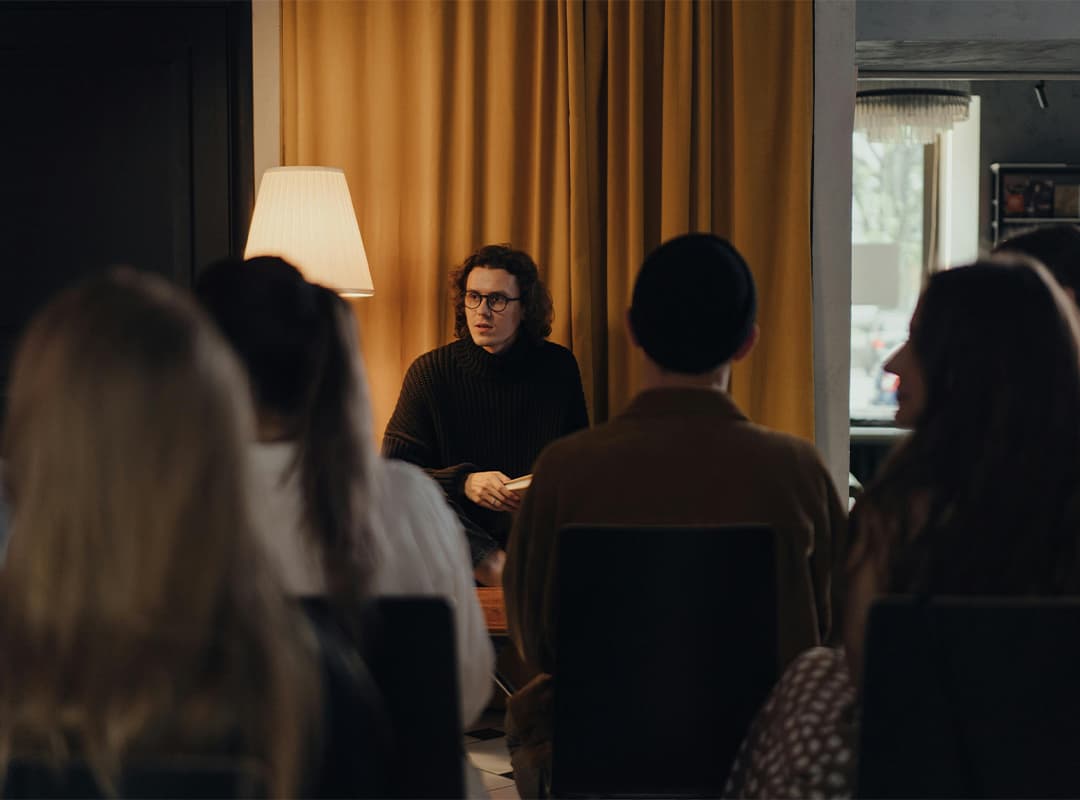Robert Frost’s Stone House is situated in South Shaftsbury, Vermont, along the historic Route 7A, not far from his final resting place in Bennington.
Entering through the front gate, you are instantly immersed in the atmosphere of a Frost poem. The winding driveway leads you past a young apple orchard cultivated from trees originally planted by the poet. Continuing along a field, you encounter a dense wood, a large grey barn dating back to around 1850, and a solitary birch tree standing beside a stone wall. Frost once planted a row of birch trees next to this wall, but birches are not long-lived, and only one remains. Take a moment to transition from “getting here” to “being here.” A short walk brings you to the back door, following the time-honored Vermont tradition. The house is small, with all exhibits located on the first floor.
The museum features galleries in the rooms where Frost lived and wrote some of his most celebrated poetry. During his time here, Frost published his fourth book, for which he won his first Pulitzer Prize. This volume, titled New Hampshire, includes one of his most beloved poems, “Stopping by Woods on a Snowy Evening.” Frost penned this poem on a hot June morning in 1922 at the dining room table. The entire room is dedicated to this American classic.
The central hallway honors J. J. Lankes, Frost’s “woodchopper,” who illustrated Frost’s books in the 1920s with woodcut prints. Lankes, who lived nearby, created many works depicting the local countryside that remain geographically accurate and recognizable.
Built in 1769, the Stone House was already historic when Frost purchased it in 1920. The museum does not present it as a period house but focuses on acquainting visitors with Frost and his poetry. Visiting the museum, you may feel as though you have met Frost himself.
A self-guided tour allows visitors to explore at their own pace, though it is recommended to allocate about an hour for the visit, with the latest arrival time being 4:30 p.m.
The museum’s founder is often available to answer questions and discuss Frost’s life and work. Visitors are encouraged to share their own memories and sign the guest book.
Children are very welcome and will find the visit engaging if accompanied by an adult who can help them appreciate the material. Although Frost’s work is accessible, young people may need encouragement to fully engage with the literature.

 Bowman Patricia
Bowman Patricia


